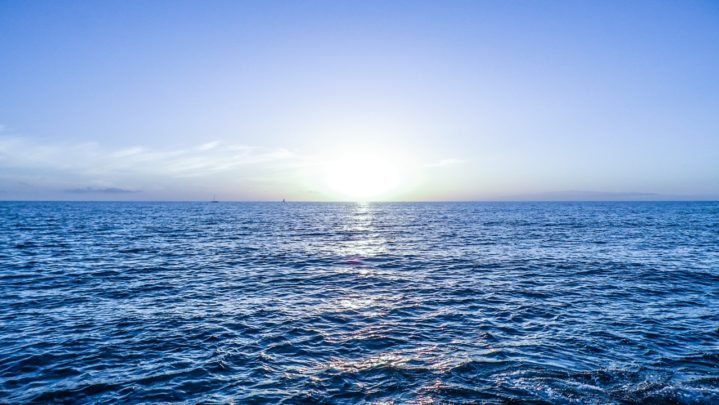Runoff from the land and openings in the seafloor are two sources of salt in the ocean. The majority of salts dissolved in saltwater come from rocks on land. Because rainwater is slightly acidic, it erodes rocks when it falls on land. Ions are released, which are carried away by streams and rivers and eventually end up in the ocean. Many dissolved ions are used by ocean species and then eliminated from the water. Others are not removed, and as a result, their concentrations rise with time.
Hydrothermal fluids, which come from vents in the seafloor, are another source of salts in the ocean. Magma from the Earth’s core heats ocean water when it seeps into fissures in the bottom. A variety of chemical reactions are triggered by the heat. Water tends to lose oxygen, magnesium, and sulphates while picking up metals like iron, zinc, and copper from the rocks around it.
The saltiness of the ocean is also influenced by salt domes. These salt domes, which build over geological time frames, can be found underground and underwater all over the planet. They can be found all along the northeastern Gulf of Mexico’s continental shelf.
Chloride and sodium are two of the most common ions in seawater.
They account for roughly 85 percent of all dissolved ions in the ocean. Another 10% of the total is made up of magnesium and sulphate. Other ions are only found in trace amounts. Temperature, evaporation, and precipitation all affect the concentration of salt in saltwater (salinity).
The equator and poles have low salinity, while mid-latitudes have high salinity. The salinity is around 35 parts per thousand on average. To put it another way, dissolved salts account for around 3.5 percent of the weight of saltwater.
Also Read: Why Does The Ocean Contain Salt? Where Does It Come From? Know Here





